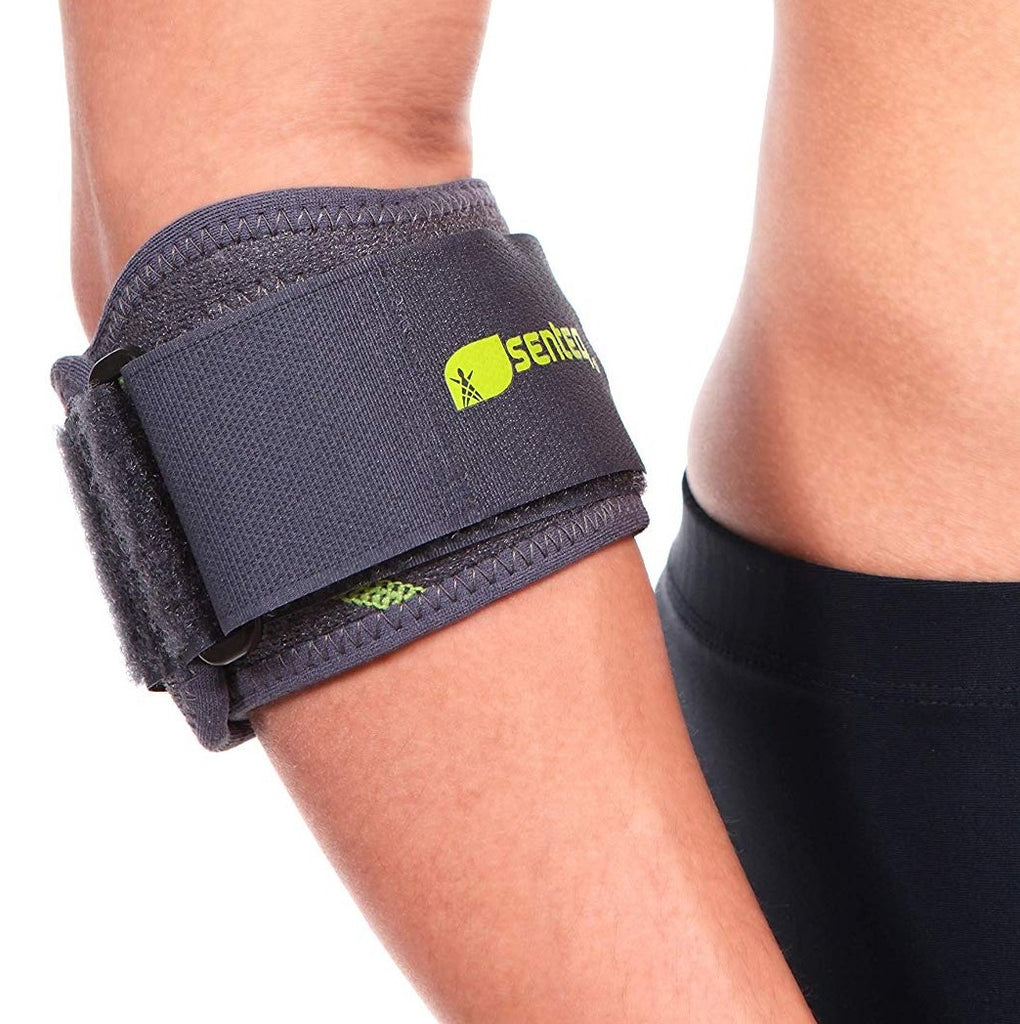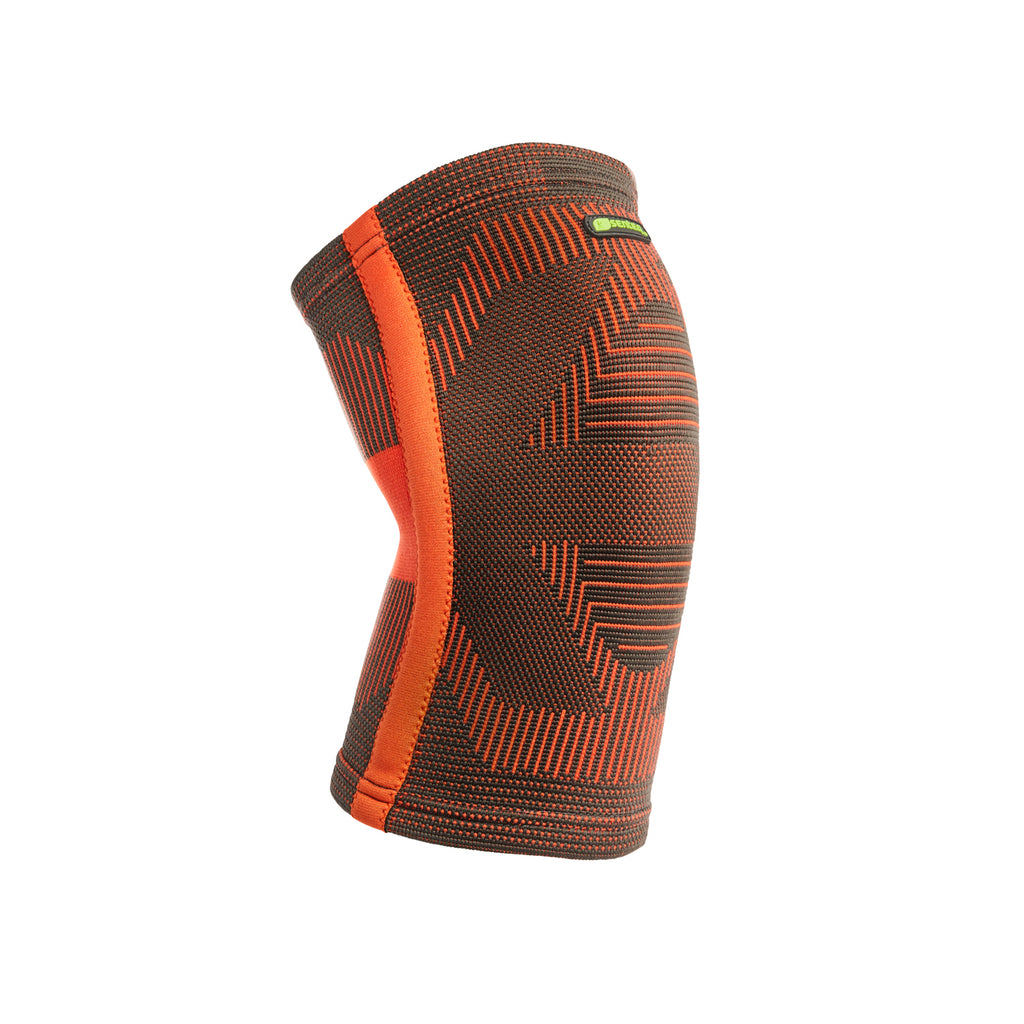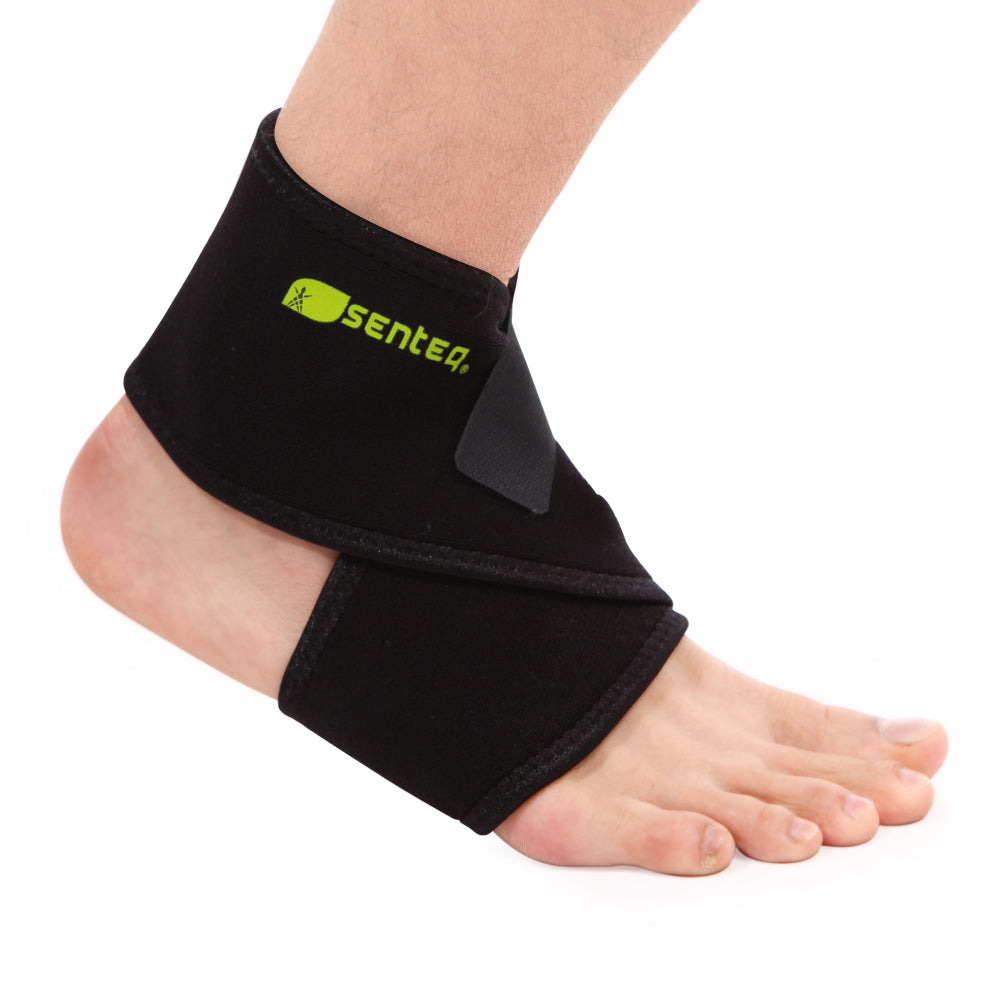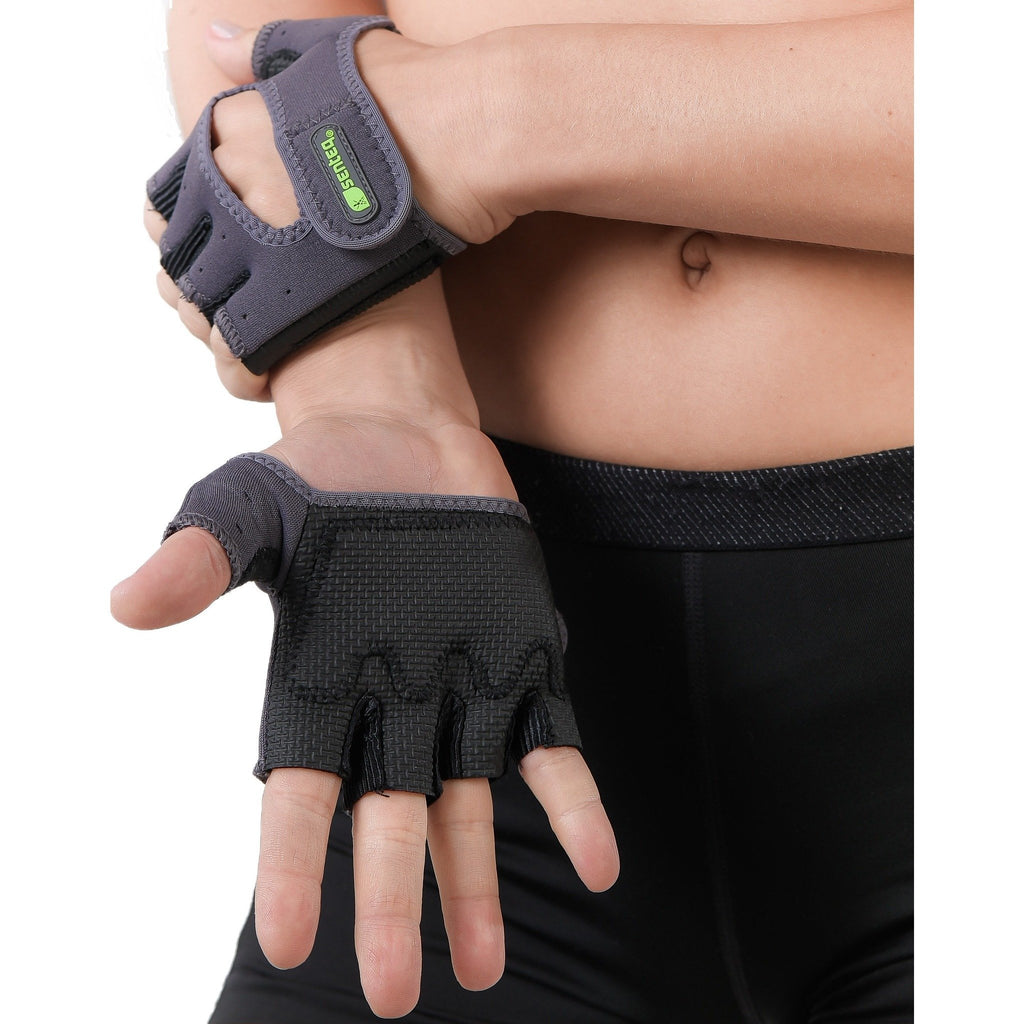An Easy-to-Follow Guide for an Older Adult to Start Working Out Again
Physical exercise remains a powerful tool that can improve your health, fitness, and overall wellbeing. It provides the opportunity to build, maintain, or regain strength. Brain function also improves through increased blood flow and oxygen.
Sounds great, isn’t it? Except for one thing: exercise is not easy to start as an older adult. You may feel that you no longer have the motivation or you may just not want to deal with the hassle of figuring out where to go or what to do.
The key is to find methods that can help you achieve your fitness goals and become more active in your middle-age and beyond. Let's look at the best way to start exercising as an older adult.
How Can Older Adults Get Started with Exercise?
Exercise for older adults starts with the individual's health concerns and personal goals. You might work out because it strengthens muscles, reduces pain, increases mobility, or offers emotional well-being benefits. However, sometimes it becomes difficult to get started with exercising as one gets older.
Today, there are plenty of effective ways for older individuals to get into shape and stay in shape as they age. Some of these methods include walking the dog, swimming, playing pickleball, cycling and gardening.
In this blog, you will learn about a couple of tips for exercising so that you can start your journey towards a healthier lifestyle.
Here are a few exercise guidelines you need to consider before starting your fitness schedule:
• Start slowly with beginner exercises.
As the years pass, people start to find it more difficult and uncomfortable to maintain an exercise routine. Don't let time or any physical changes keep you from staying healthy.
To stay in shape and prevent injury, starting slowly when it comes to exercise is a great way. The body will respond better with plenty of practice than an artificial deadline.
People who are over 40 should start with a beginner activity like walking, swimming, or biking before they add on weight lifting and other rigorous activities.
• Have warm-up exercises before and after training so you don't injure yourself.
Exercise for older adults can result in some harsh side effects like muscle soreness and exercise-induced asthma. To protect yourself from these negative effects, it is important to warm up before and after training. Additionally, breathe deeply and use good form.
• Do any form of physical activity every day, even if for only 10 minutes at a time.
Just a 10-minute yoga class or jog every day can help older adults lower their risk of disability, improve balance, and reduce falls which can lead to fractures and long-term physical damage. In addition, exercise is extremely effective at battling depression which is often a problem among older adults.
• Avoid dehydration and fatigue by drinking plenty of water.
Dehydration is a significant issue for older adults. Thus, it is important to understand the appropriate methods for staying hydrated. To start your workout, try these two easy ways to stay hydrated and healthy for the gym.
(1) Grab a bottle of liquid that's zero calories per fluid ounce, carry it everywhere you go and drink as often as you can throughout the day.
(2) If you don't have one pre-existing, create a personalized water bottle that helps you remember how much liquid you've consumed so far throughout the day.
• If you have any health conditions, consult your doctor before starting your training schedule.
For the best results and the one that is safest for you, it is a good idea to speak to your doctor before beginning any exercise program. Start by choosing something that is aerobic-based, moderate-paced, and feels nice. Power walks are also a good option for those who want to get moving but don't have much time.
Tips to Help You Get Ahead
Many older adults are giving up on their active lifestyles and their benefits. We want to suggest four ways in which you can connect with a personal trainer who will guide you on how to get started with exercise:
1) Consider enlisting help from trainers at your local community center before calling one out of town or internet-based fitness coaching.
2) Attend local fitness classes and learn exercises you like.
3) Record your daily steps with a wearable pedometer or Fitbit/another GPS device so that you can see how fast your step count is increasing weekly, monthly, etc. This move counts every minute of every day and assists in building up the habit of exercising for just 15-30 minutes per gym visit on average.
4.) You can ask your trainer or fitness instructor for help to complete this habit.
Important: After starting your exercise schedule, use software like the (MPU) to see what areas to improve.
What Exercise Routine is Best for Older Adults?
To maintain an active lifestyle, you need to commit to 150 minutes comprising moderated exercise routine every week. The Global Recommendations for Physical Health on Health suggest 75 minutes of high-intensity exercising for optimal wellness.
• If you have poor mobility, you should double these amounts.
• Age-related changes in muscle strength and range of motion can impact the capacity to exercise. Endurance training will improve your fitness irrespective of age. Still, you need more time to complete activities that involve higher intensity, so increase this too (i.e., ride a bike instead of walking).
• If older adults are unable or unwilling to participate in longer cardio sessions, then providing one 30-minute session per week is the recommendation.
• Balancing between different types of workouts is vital, so consider the benefits of each and choose fun activities, challenge you, and keep your body fit.
How to Set Your Fitness Goals as an Older Adult
You will need a goal-setting worksheet to write down your short and extended goals.
• Note down your short-term goals; include daily, weekly and fortnightly goals. Also, have six months, one year, or two years goals.
• Jot down your most critical prolonged goals.
• Now brainstorm how you will get there and plan for each piece of the exercise puzzle, including finding a gym that meets your needs.
• When setting fitness goals use a SMART approach to help keep track of different details as it's easy to set stupid or impossible ones (e.g., I WILL run 10 miles around the office every night).
• Now write a plan to set and achieve your goals with the following components:
- When planning the approach, decide on a realistic timeframe for achieving each using an A-B-C (Action, Beliefs, and Completion).
- List different activities you could do over six months to 3 years, depending on whether you are from retirement age when starting this exercise campaign.
Take Away
Review and update your plan to ensure your goals are achievable and keep to this for at least a month.
Use the same worksheet again, but make sure you record how much change has occurred in your weight, waistline, sitting blood pressure (if you do), vitality, movement ability, exercise duration, etc.
You can start training even as an adult and be successful. Take action on your plan and enjoy the fitness benefits.
For more helpful tips, visit our blogs.















